It doesn’t take an advanced degree to identify the moral decline in American popular culture. This may sound cliché, but turn on the television set and compare the current of your evening menu to what was running fifty years ago.
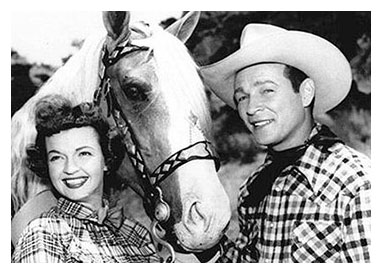
Several years ago a friend introduced me to Reminisce monthly magazine, “a spirited celebration of America’s stories with readers’ own personal memories, cherished traditions, photos and family recipes” (http://www.reminisce.com/). Try it for a vivid a picture of a world lost forever. The angles the magazine describes—“personal memories, cherished traditions, photos, and family recipes.” Cherished traditions and family recipes? Both imply vertical history rooted in nationality, ethnicity, religion, and historical memory. Contemporary culture is now a horizontal affair in which individuals choose identity, society, and morality.
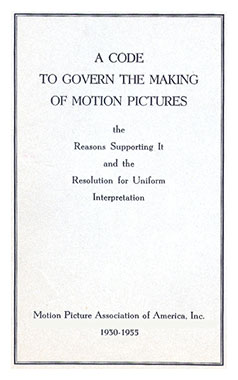
We live between two Americas: young people who grew up binge-watching entire seasons of South Park and The Walking Dead trying to understand those of us who grew up on Roy Rogers and Captain Kangaroo. Just mention to young people Bozo the Clown and his friend Cooky and check the reaction.
So, how did Hollywood contribute to this cultural shift? The game-changer came in the late sixties with the demise of the Hollywood Production Code and the establishment of the MPAA Rating System.
The Production Code was developed in 1934 to check the potentially negative influences of Hollywood on the emerging popular culture. It grew from the Harding administration’s attempt to temper the excesses of the Roaring Twenties; here, the entertainment industry’s tendency toward burlesque technique—sex and sensationalism as lure. Harding appointed Will Hays, former Postmaster General and a devout Presbyterian, to establish a committee to create a set of guides for the industry. Prohibition thinking applied to film content.
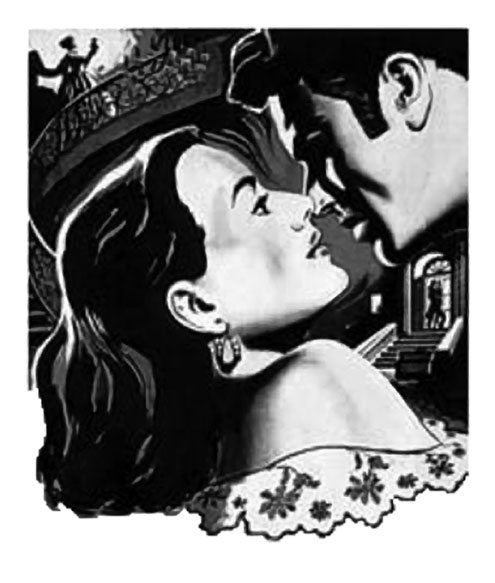
The Commission came up with a Code of rules; for example, in films don’t show nudity, and be delicate with images of the flag or the display of crimes like arson. The Code approached the art form via the paradigm of a civilization of laws; that is, it legislated the line where film content becomes illicit.
Without advocating for this approach, let me suggest that although maligned by most in the industry and the intelligentsia, the Code era produced great films; arguably, the golden age of American film in the 1930s through the late forties.
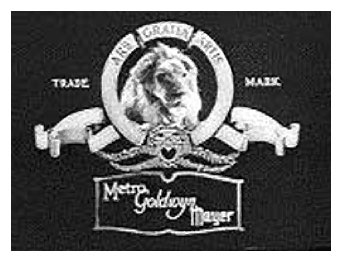
It did so because the Code left plenty of room for artistic genius. Orson Welles, Frank Capra, John Ford, Ernst Lubitsch, et al—were compelled by these limitations toward creative ways of describing life in a fallen world without rubbing the audience member’s nose in it. The Code might have been a domineering and narrow-minded parent, but it meant at least one parent in the house.
The demise of the Code came when Jack Valenti took over the Motion Picture Association of America in 1966. Valenti inherited an industry in decline. Attendance at the movies had dropped from 80 million in 1940 and 90 million in 1946 to 60 million in 1950 and 40 million in 1960. He would claim his decision to scrap the Code was because it smacked of “censorship,” but at root was economics.
A little history here. The big five studios—MGM, Paramount, 20th Century Fox, Warner Brothers, RKO–began to decline after World War II with the introduction of television. People started choosing the couch to the more expensive cloth seat.
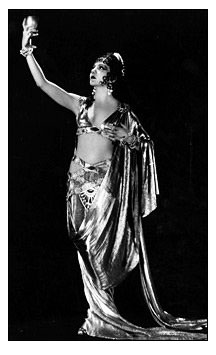
Then a disaster occurred in the industry in 1948 with the Hollywood Antitrust Case against Paramount Pictures. Essentially the federal government determined it monopolistic for studios to own all means of production down to distribution in their own local theatres. The theatres had to go private. This decision resulted in the closing of many local movie houses and the rise of the big-box multiplexes that dominate film distribution now. The little guys, like on Astor Street, simply could not compete.
With those new market realities, Valenti recognized that the best way to generate the new revenue needed in this redesigned market was through new content, of the kind not available on television, and of the kind that might benefit from the anonymity of a big-box theater. To get that content the Production Code had to go.
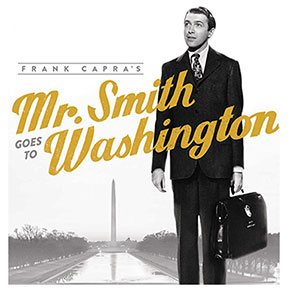
And so the MPAA rating system was born in 1968. The move to the rating system—G, PG, R, X—marked a massive change in Hollywood and America’s assumptions about what filmmakers were responsible for. With no Code, filmmakers were only responsible to make interesting visual art that sells in some market.
Content disruptors quickly stepped in. Some went sleaze–the graphically violent horror films of the 70s like The Last House on the Left (1972) and pornography like Deep Throat (1972). Others went edgy with a pitch to the mature, works like Taxi Driver (1976) and The Godfather (1972).
Bottom line, with this seismic shift from the Code to the rating system, the morality that came to govern the film business from the 1970s on was the morality of pure capitalism. Find a niche for the product and keep the product alive in the niche. Leave troubling questions to the consumer.
The old view that relevance or healthiness of content should be at very least considered on moral grounds was swept into the dustbin by Progressives who claimed, and began teaching in universities, that “value” is just what one culture imposes on its subjects to define and protect itself from other cultures. Moral absolutes are for the naive. The dominant culture sets the rules.
And that is what has happened.
